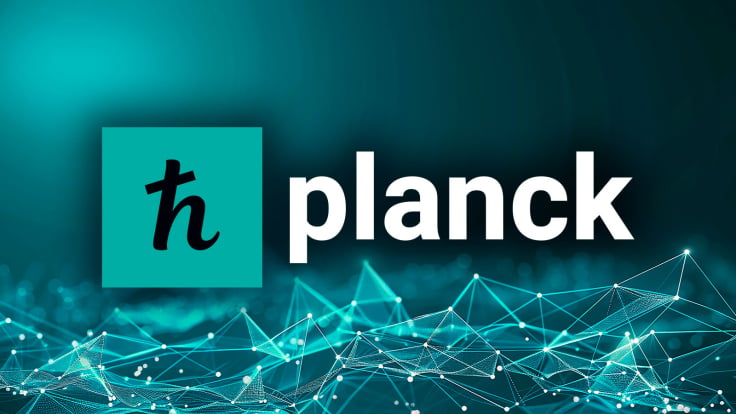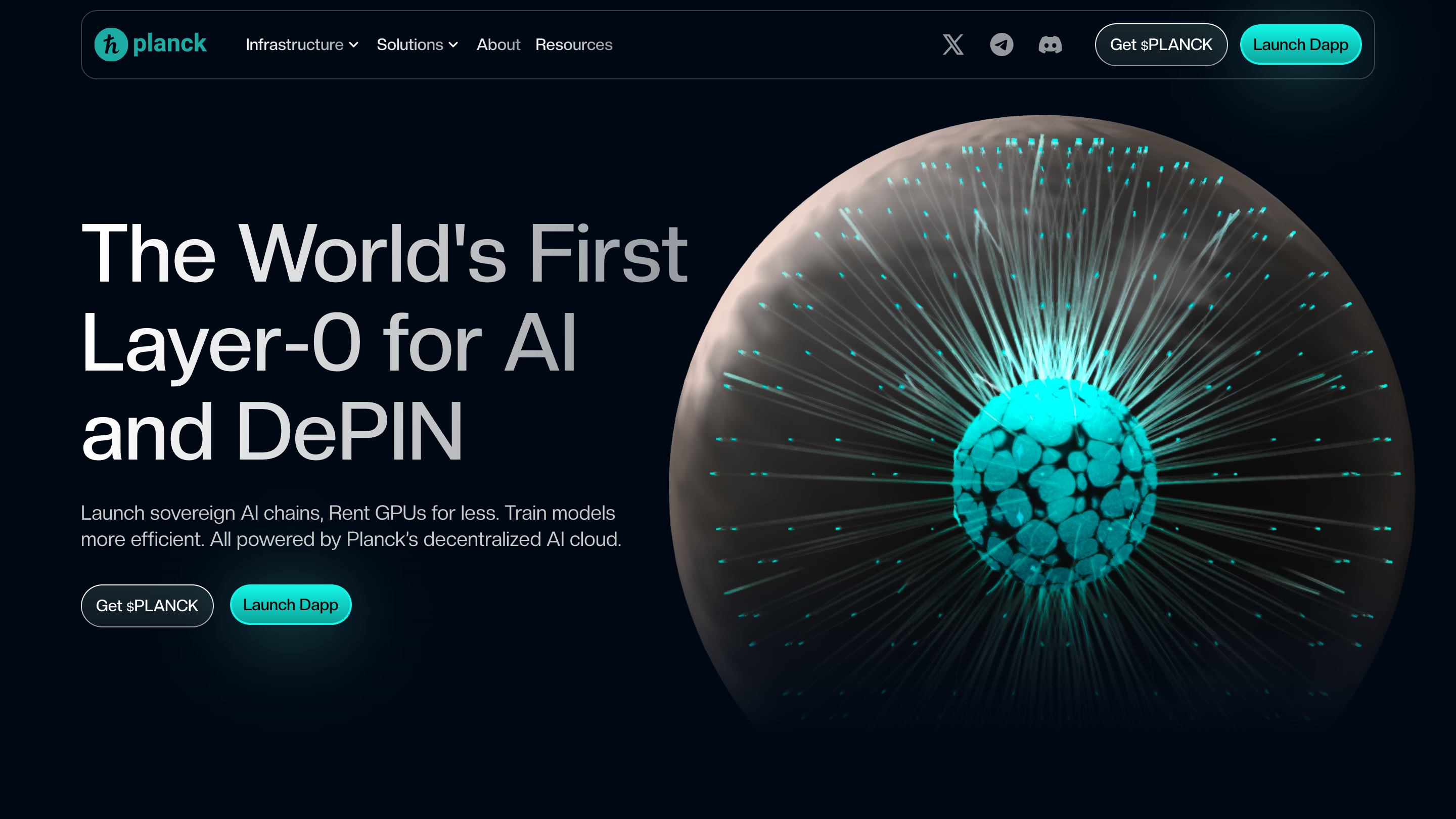
Disclaimer: The opinions expressed by our writers are their own and do not represent the views of U.Today. The financial and market information provided on U.Today is intended for informational purposes only. U.Today is not liable for any financial losses incurred while trading cryptocurrencies. Conduct your own research by contacting financial experts before making any investment decisions. We believe that all content is accurate as of the date of publication, but certain offers mentioned may no longer be available.
Planck, a new-gen GPU management platform, invites crypto enthusiasts to join a growing business with nothing but staking crypto tokens. Every staker has an opportunity to share the profits from multi-purpose GPUs in top-tier centers.
Planck makes GPU business accessible for everyone through staking
Introduced in early 2025, Planck is a new-gen platform that introduces crypto staking as a tool for the monetization of GPUs. Simply put, it allows everyone to benefit from existing GPU utilization through battle-tested token staking models.

Technically, GPUs are necessary for building AI applications, training LLMs and a number of other distributed computation tasks. At the same time, GPU-centric businesses — lending, renting, leasing of GPU facilities — are extremely difficult to join, in particular for low-cap enthusiasts.
Home GPUs, like the Nvidia 3090, might only earn around $0.20 per hour — and that is assuming they find jobs consistently. Latency, downtime, power costs and hardware all eat into profits. Most home GPUs sit idle for large parts of the day, simply because enterprise AI workloads demand top-tier hardware and high-availability connections that consumer setups cannot deliver.
Enterprise-grade GPUs tell a different story. Nvidia’s H100 can earn $2+ per hour, the H200 slightly more, and the B200 even higher at $3.50+ per hour. At tier-3 and tier-4 data centers — the highest standard in the world — these machines can run 24/7 at full utilization, with minimal downtime and near-perfect connectivity. But running such systems requires significant investments and constant DevOps engineering support
Planck’s staking system is built to bridge that gap — giving anyone the ability to earn from these top-tier GPUs without ever owning or operating one. It starts with liquid staking. Users purchase PLANCK tokens and stake them in Planck’s liquid staking pool for a set period. Rewards are dynamically calculated based on the amount staked and the lock-up time.
Dual-mode income design for sustainable rewards
In return, users receive LPLANCK, a liquid staking token. This token can then be deposited into a co-staking pool of their choice and linked to an enterprise GPU provider operating in tier-3 or tier-4 data centers. These facilities house the fastest GPUs available — H100s, H200s and B200s — and make them available to the global AI market.
Co-staking in Planck’s pools generates revenue from two sources. First, it is about liquid staking emissions — a fixed monthly percentage of total token supply distributed to stakers. Users benefit from GPU rental profits — revenue from renting out the enterprise GPUs, including connectivity fees from keeping them active on the network.
This dual-stream approach means that even without hardware, stakers can tap into the same high-value market that is fueling the AI boom. And because the GPUs are run by enterprise-grade operators, there is no need to worry about uptime, cooling, bandwidth or electricity bills.
 Dan Burgin
Dan Burgin Vladislav Sopov
Vladislav Sopov U.Today Editorial Team
U.Today Editorial Team